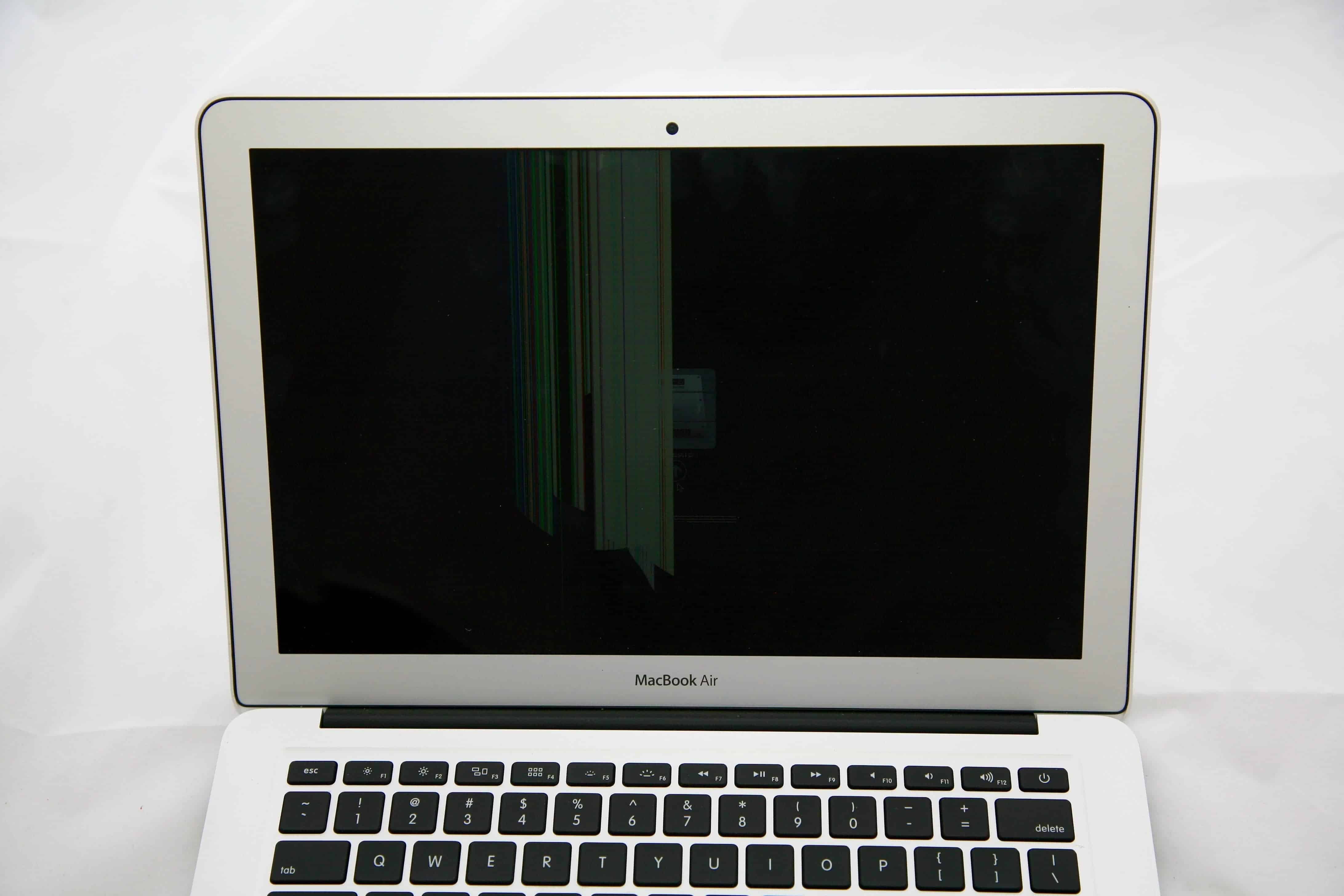

- #NIGHT SCREEN FOR MACBOOK HOW TO#
- #NIGHT SCREEN FOR MACBOOK UPDATE#
- #NIGHT SCREEN FOR MACBOOK FULL#
- #NIGHT SCREEN FOR MACBOOK PRO#
This will block any connections (including Wi-Fi) from functioning, leaving the device to charge uninterrupted overnight.
#NIGHT SCREEN FOR MACBOOK FULL#
Judging from the tweet above, the Bluetooth connection can drain 8.3% of a full battery an hour when not connected to a power source. When any Bluetooth device is paired with the MacBook, the bug in macOS 12.2 seemingly tries to reestablish a connection every few seconds. But the bug is triggering the Bluetooth function to intermittently “wake up” the MacBook, draining the battery. When put into sleep mode, the device is supposed to restrict unnecessary processes severely.
/SkitchWithMarkup-57781f803df78cb62c36edd3.jpg)
The most likely cause of the unusual battery drainage is macOS 12.2’s Bluetooth functionalities. If you want to check out Apple’s battery support article, you can find it here. If you have questions or need further assistance, join us in DM. We recommend taking a look at the steps outlined in our battery support article:
#NIGHT SCREEN FOR MACBOOK PRO#
We’re happy to help with your MacBook Pro battery questions. Any fix, /w1kdJXyU7r- fishjourner January 29, 2022Īpple Support responded to the Twitter thread with: Whoa macOS 12.2 21D49 (the current version) is behaving like Windows! Battery went from full to 0% while on sleep mode overnight. The mode is used as a power-saving method, where you don’t have to shut down the MacBook and can continue working by simply opening the lid.Ī Twitter user reached out to Apple with the following message: The odd bug has been occurring for a small percentage of MacBook users, so luckily, it isn’t widespread.Īffecting Intel and Apple Silicon chip users, the battery drains when the device goes into sleep mode.

#NIGHT SCREEN FOR MACBOOK UPDATE#
Different max exposure times will be available based on the light in your environment.The incremental macOS 12.2 update adds a few security patches, but users didn’t bargain on having their battery drain entirely overnight as well. Note the exposure time for your shot and be sure to hold your iPhone as still as possible. Tap the moon to manually adjust the Night mode shot exposure. Gray means it’s accessible manually but not turned on automatically. There’s no way to manually turn it on if it doesn’t pick up low light.Īs shown above, yellow means Night mode is auto-enabled for the shot you’re about to take. On the same screen, you can schedule a time for Night Shift to turn on automatically and. If you see the gray or yellow moon, you can choose to manually adjust the exposure of the Night mode shot.īut keep in mind that the gray or yellow moon icon will only show up if the camera picks up low or medium light in the surrounding environment. Go to Settings > Display & Brightness > Night Shift. Hold your iPhone as still as possible during the Night mode shot (the moon icon will include how long the exposure will be for each shot, a countdown will appear just above the shutter button).Tap the moon icon to manually adjust the exposure time.If it’s yellow, Night mode is auto-enabled.If it’s grayed out, it’s available to use, but not auto-enabled.With the Camera app open, look for the moon icon in the top left corner (top right in landscape orientation).Note: Night mode works with all of the cameras on iPhone 12 devices but only the wide and telephoto lenses for iPhone 11.
#NIGHT SCREEN FOR MACBOOK HOW TO#
How to use Night mode on iPhone 11 and 12 However, there is a way to manually use the feature as long as your iPhone detects medium to low light levels in your shot. Instead, it’s designed to work automatically. Notably, Night mode isn’t a mode you switch to by swiping in the Camera app on iPhone 11 and 12 like Photo, Video, Portrait, Pano, etc. Follow along for how to use Night mode on the iPhone 11 and 12 both manually and automatically. One of the impressive features with the iPhone 11 and 12 camera systems is Apple’s Night mode to vastly improve low light photography.


 0 kommentar(er)
0 kommentar(er)
